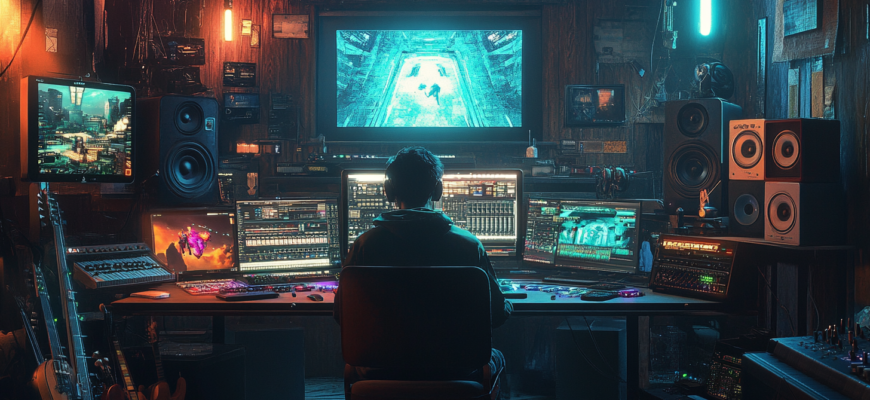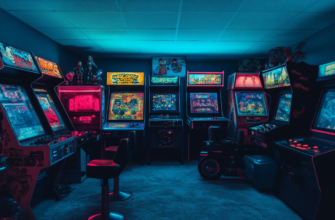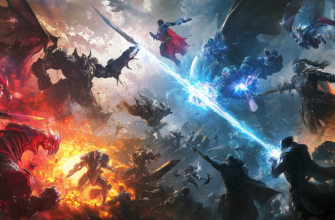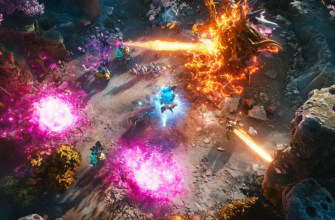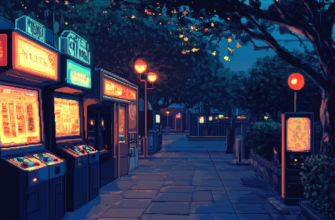- How Video Game Soundtracks Are Created
- The process of making memorable video game music
- Step 1: Understanding the game’s vision
- Step 2: Determining the music style and genre
- Here are some common styles used in video game soundtracks:
- Step 3: Creating themes and motifs
- Step 4: Composing in sync with gameplay
- Step 5: Sound mixing and final touches
- Practical tips for improving your soundtracks (if you’re diving into composition)
- Conclusion: Scoring a soundtrack that leaves a lasting impact
How Video Game Soundtracks Are Created
Hey, gamer bro! Ever noticed how some of the most legendary moments in gaming are seared into your memory because of the music playing in the background? Think of the tear-jerking soundtracks of *The Last of Us*, the pulse-pounding tunes of *DOOM*, or the adventurous scores of *The Legend of Zelda*. The truth is, music in video games isn’t just background noise—it’s a core element that shapes the entire experience. But how exactly are these game soundtracks created? What does it take to craft the epic themes and captivating melodies that we hum long after switching off our PCs?
Let’s dive deep into the fascinating world of video game music creation! Whether you’re curious or dreaming of writing music for games yourself, I’ll guide you through the process and share insight into how iconic soundtracks are born.
The process of making memorable video game music
Before we even get into the nitty-gritty details, you’ve got to understand something important: game music doesn’t just happen by itself. Soundtracks are built from scratch, usually tailored specifically to a game’s world, tone, and action. Creating a soundtrack requires collaboration between composers, sound designers, developers, and sometimes even players testing the game in beta stages.
Step 1: Understanding the game’s vision
Every video game soundtrack starts with a solid understanding of the game’s world and atmosphere. Imagine trying to score a massive open-world roleplaying game (RPG) without having a clue about the story and environment. It just wouldn’t work! To avoid a musical disaster, video game composers kick things off by extensively conversing with game developers to understand the game’s vision: its tone, emotion, and gameplay style.
- Is the game fast-paced and action-heavy (requiring a heart-pumping score) or slow with melancholic undertones?
- Does the game take place in a fantasy realm, sci-fi universe, or in a more grounded, realistic setting?
- Who are the main characters? What are their motivations?
Once the composer grasps the game’s purpose and setting, the vision becomes alive. This step is crucial because it sets the foundation for the soundtrack’s overall feel.
Step 2: Determining the music style and genre
After absorbing all the juicy details of the game, it’s time for one of the most creative steps—deciding on the music style. This decision varies greatly depending on the game genre. Imagine playing a retro-style platformer—you’d expect catchy 8-bit tunes, right? Whereas for cinematic masterpieces like *Red Dead Redemption 2*, orchestral and folk arrangements are more fitting.
Here are some common styles used in video game soundtracks:
- Orchestral: Great for complex worlds like fantasy RPGs or emotional stories (*The Elder Scrolls*, *Final Fantasy* series).
- Electronic: Perfect for sci-fi games, fast shooters, and futuristic worlds (*Mass Effect*, *Cyberpunk 2077*).
- Chiptune/8-bit: Known for retro-inspired or pixelated games (*Shovel Knight*, *Celeste*).
- Hybrid: Many modern soundtracks blend orchestral, electronic, or synth elements to create unique atmospheres (*Horizon Zero Dawn*, *DOOM* remixing metal with synths).
Sometimes, composers don’t just settle for one style—they blend multiple genres to match complex narrative or gameplay shifts. For example, Gareth Coker expertly mixed orchestral and electronic music for *Ori and the Blind Forest* to give it a dreamlike quality while maintaining emotional depth for the player.
Step 3: Creating themes and motifs
Ever played a game and constantly heard a particular melody tied to a character or event? These are musical themes or motifs. Creating distinctive themes is a key part of video game soundtracks as they help define emotional moments and characters, acting almost like a musical ‘branding’ for the game world.
Take *The Legend of Zelda’s* iconic main theme. It’s immediately recognizable, right? Or how about the ominous, chilling strings when *Sephiroth* shows up in *Final Fantasy VII*? That’s the power of a musical theme—an audible signature you instantly associate with emotion.
Types of motifs composers use include:
- Character themes: Recognizable melodies assigned to specific characters (*Link’s Theme*, *Snake Eater* for *Metal Gear Solid*).
- Location themes: Music for certain areas or worlds in the game (the peaceful, village tunes from *The Witcher 3*).
- Event-based themes: These motifs appear during important narrative moments or battles (for example, boss fight music).
The key here is consistency tied with variety—while a character’s theme must be familiar, composers mix things up by changing the mood of the motif. A happy theme might take a darker tone as the story progresses, hinting at foreboding twists in the storyline.
Step 4: Composing in sync with gameplay
One unique challenge to scoring video games is syncing the music to what’s happening in the gameplay. Here’s the thing: game music is interactive! Unlike movies where scenes are set in stone, in games, anything can change dynamically depending on the player’s actions.
This is why dynamic or adaptive music systems are used. These systems allow the game’s soundtrack to change depending on what’s happening on screen. For instance, in *The Witcher 3*, if you’re just wandering around a quiet village, you’ll hear peaceful tunes. But as soon as combat begins, the music shifts immediately to high-tempo, intense action. Programs like Wwise or FMOD are often used to manage this dynamic sound swapping seamlessly.
Some common adaptive music techniques:
- Layering: This involves multiple layers of music, which can fade in and out depending on the intensity of gameplay. For example, subtle background music can grow into a full orchestra during a boss battle.
- Theming combat sections: Music can alternate between exploration themes and combat-specific soundtracks based on player input (*Skyrim* does this spectacularly).
- Ambient soundscapes: Used to enhance the game’s environment. Nature sounds, subtle instruments, or repeating patterns could build immersion without distracting the player.
Step 5: Sound mixing and final touches
Composing the notes is just one part of the process. Once the core music is written down, the next important step is mixing the tracks to perfection. In this phase, composers and sound designers play close attention to how individual sound elements blend together and how loud (or soft) each instrument needs to be. You don’t want the game score drowning out vital sound effects or dialogue, nor would you want everything playing at full volume.
In modern gaming, surround sound, stereo balancing, and even 3D audio are considered to create a fully immersive audio experience. For instance, a composer might position hearing a magical creature’s footsteps fade as it moves across your in-game perimeter.
Practical tips for improving your soundtracks (if you’re diving into composition)
- Study existing scores: Learn from the pros! Play a variety of games and listen to their soundtracks carefully, paying attention to how they change with gameplay.
- Get familiar with DAWs: A Digital Audio Workstation (DAW) like Logic Pro, Ableton, or FL Studio is essential to composing and mixing quality music.
- Try out Wwise or FMOD for adaptive music: These tools are the industry standards for handling dynamic interaction in video games. Learn the software early on to synchronize sound directly with gameplay.
- Collaborate with game developers early: Stay in touch with the game’s creators throughout the entire process. Your music will serve gameplay more effectively if you’re deeply involved in the game’s evolution.
Conclusion: Scoring a soundtrack that leaves a lasting impact
And there you have it—an inside look at how video game soundtracks are crafted! From the initial vision to syncing the music with gameplay, every part of the process requires a balance of creativity and technical prowess. Whether you’re just curious or looking to dabble in creating game music, remember that the greatest soundtracks serve the game first and make it unforgettable. Every epic battle and heartfelt moment feels sharper with the right music behind it. So, think about your favorite gaming soundtracks and what made them brilliant.
Got a tune stuck in your head from your last gaming session? Let me know in the comments below, so we can geek out about it!

